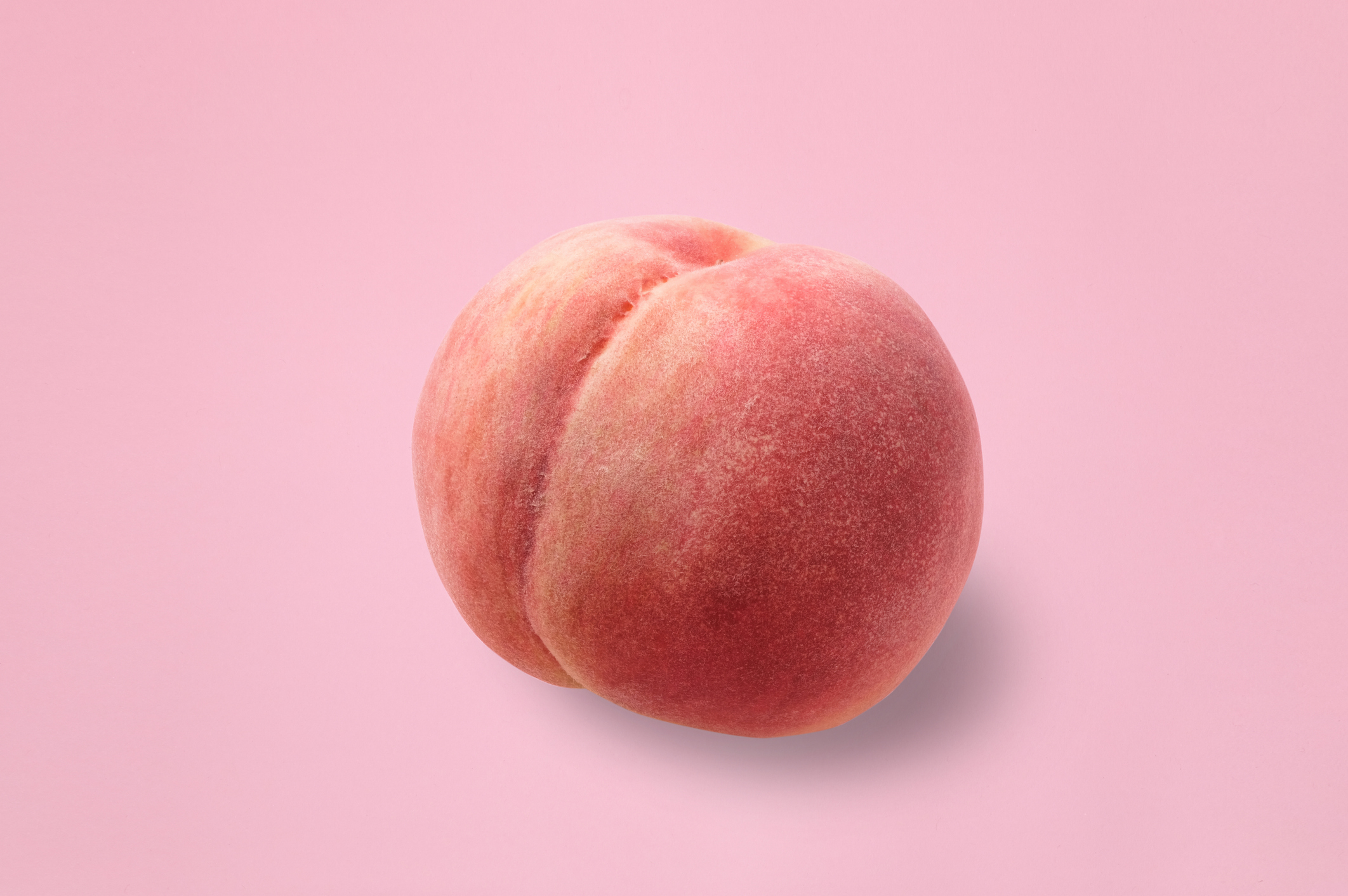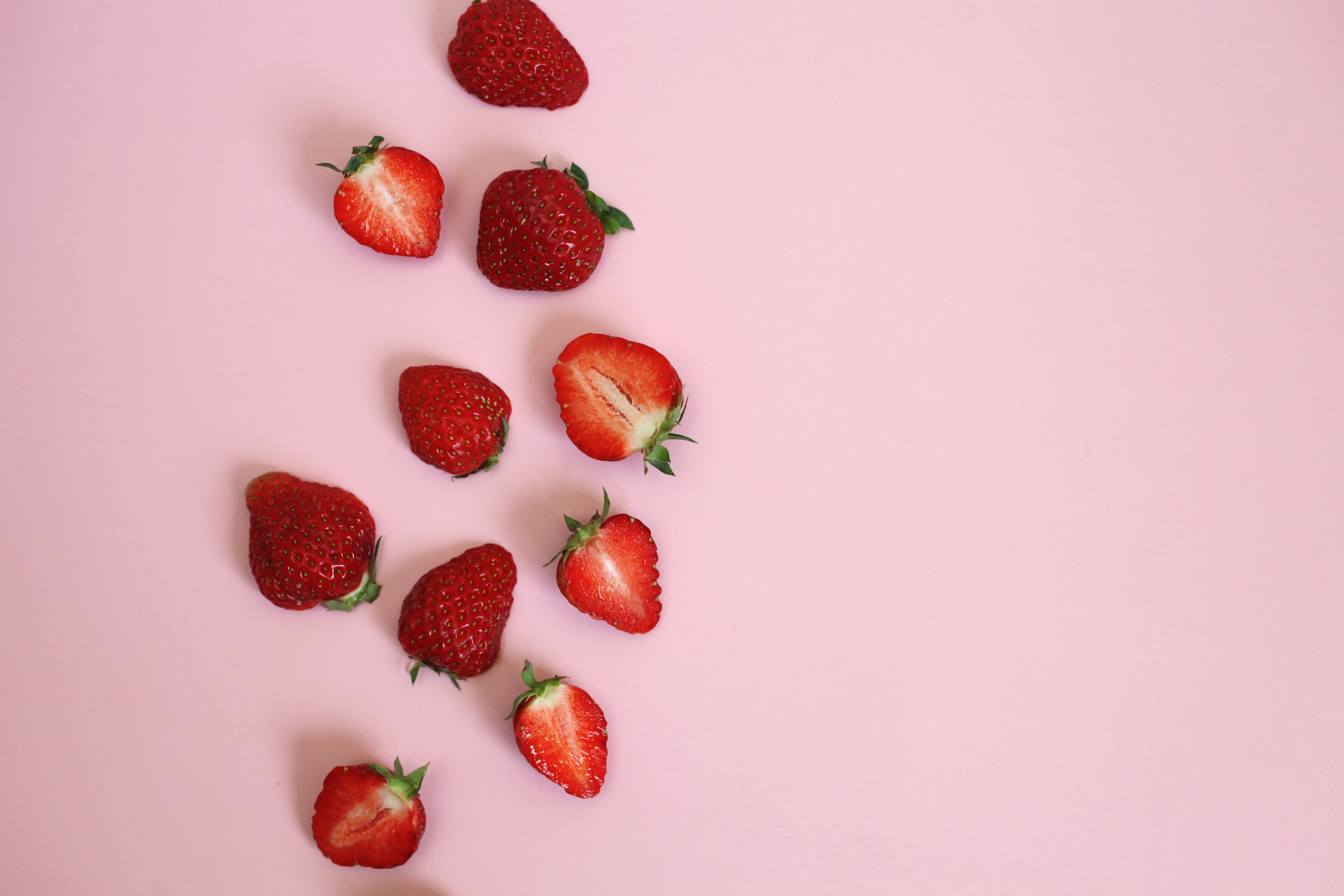Understanding Astaxanthin Benefits: How This Natural Compound Enhances Skin Health
In the pursuit of healthy and radiant skin, we often search for effective solutions that go beyond superficial beauty. If you’re looking to enhance your skincare routine with a natural ingredient that delivers remarkable results, it’s time to meet astaxanthin. Widely regarded as a skin superhero, astaxanthin offers a plethora of benefits that can help you achieve a glowing complexion. Let’s dive into the world of astaxanthin and explore how it can transform your skin.
Astaxanthin Benefit #1: Powerful Antioxidant Protection
Astaxanthin is a potent antioxidant that surpasses many other antioxidants in its ability to neutralize free radicals. Free radicals are unstable molecules that damage cells and contribute to premature aging. By incorporating astaxanthin into your skincare routine, you provide your skin with a robust shield against environmental stressors such as pollution, UV radiation, and oxidative damage. This antioxidant powerhouse helps combat the signs of aging by reducing the appearance of fine lines, wrinkles, and age spots.
Astaxanthin Benefit #2: Enhanced Skin Moisture and Hydration
One of the key benefits of astaxanthin is its ability to promote skin hydration and moisture retention. Astaxanthin supports the production of natural moisturizing factors in the skin, including ceramides, which help maintain the skin’s barrier function. By strengthening the skin barrier, astaxanthin helps to lock in moisture, resulting in a plump and supple complexion. Say goodbye to dry and dull skin as astaxanthin works its magic to keep your skin hydrated and radiant.
Astaxanthin Benefit #3: Reduced Inflammation and Redness
Inflammatory skin conditions such as acne, rosacea, and eczema can cause redness, irritation, and discomfort. Astaxanthin possesses powerful anti-inflammatory properties that can help alleviate these symptoms. Studies have shown that astaxanthin can suppress the production of pro-inflammatory molecules, reducing redness and calming irritated skin. Incorporating astaxanthin into your skincare routine may provide relief and promote a more balanced and even-toned complexion.
Astaxanthin Benefit #4: UV Protection and Sun Damage Prevention
Exposure to harmful UV rays is one of the leading causes of skin damage and premature aging. Astaxanthin acts as an internal sunscreen, offering natural protection against UV-induced skin damage. It works by neutralizing free radicals generated by UV radiation and reducing inflammation caused by sunburn. While astaxanthin should not replace sunscreen, it can complement your sun protection efforts and enhance your skin’s resilience to sun damage.
Astaxanthin Benefit #5: Skin Brightening and Even Tone
Uneven skin tone, hyperpigmentation, and age spots can diminish the appearance of youthful and radiant skin. Astaxanthin has been shown to inhibit melanin production, the pigment responsible for skin coloration. By reducing melanin synthesis, astaxanthin helps promote a more even complexion and fade dark spots over time. Incorporating astaxanthin into your skincare regimen can lead to a brighter and more luminous skin tone.
To wrap things up, Astaxanthin is a true powerhouse when it comes to transforming your skin. From its potent antioxidant properties to its ability to enhance moisture retention, reduce inflammation, protect against sun damage, and promote a more even complexion, astaxanthin offers a range of remarkable benefits. By adding astaxanthin-infused products to your skincare routine or incorporating astaxanthin-rich foods into your diet, you can unlock the full potential of this skin superhero and achieve the radiant, healthy skin you’ve always desired.
For more information on how to nourish your skin from the inside out, our Ingestible Beauty white paper provides a complete skin supplementing guide and deep-dive into how inner nutrients work for outer beauty. Download your own free copy here today!
References:
- Camera, E., Mastrofrancesco, A., Fabbri, C., Daubrawa, F., Picardo, M., & Sies, H. (2009). Astaxanthin, canthaxanthin and β-carotene differently affect UVA-induced oxidative damage and expression of oxidative stress-responsive enzymes. Experimental dermatology, 18(3), 222-231.
- Lyons, N. M., & O’Brien, N. M. (2002). Modulatory effects of an algal extract containing astaxanthin on UVA-irradiated cells in culture. Journal of dermatological science, 30(1), 73-84.
- Tominaga, K., Hongo, N., Karato, M., & Yamashita, E. (2012). Cosmetic benefits of astaxanthin on humans subjects. Acta Biochimica Polonica, 59(1), 43-47.
- Choi, H. D., Youn, Y. K., & Shin, W. G. (2013). Positive effects of astaxanthin on lipid profiles and oxidative stress in overweight subjects. Plant foods for human nutrition, 68(4), 341-345.
- Camera, E., Mastrofrancesco, A., Fabbri, C., Daubrawa, F., Picardo, M., & Sies, H. (2009). Astaxanthin, canthaxanthin and β-carotene differently affect UVA-induced oxidative damage and expression of oxidative stress-responsive enzymes. Experimental dermatology, 18(3), 222-231.
- Fassett, R. G., & Coombes, J. S. (2011). Astaxanthin: a potential therapeutic agent in cardiovascular disease. Marine drugs, 9(3), 447-465.
- Tominaga, K., Hongo, N., Fujishita, M., Takahashi, Y., Adachi, Y., & Protective effects of astaxanthin on skin deterioration. (2017). Journal of clinical biochemistry and nutrition, 61(1), 33-39.
- Nakazaki, A., Ono-Ohmachi, A., Makino, Y., Yoshida, M., Kimura, H., & Kobayashi, T. (2012). Enhanced production of beta‐cryptoxanthin‐rich tomatoes by metabolic engineering. Plant biotechnology journal, 10(7), 851-861.







